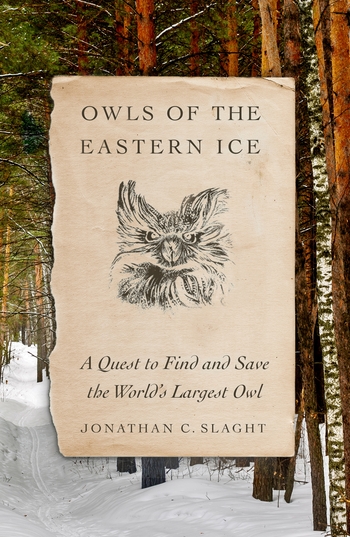


The team spent a total of fifteen months in the Russian forests from 2006-2010, nearly all of that time in the dead of winter, with temperatures reaching the minus 30s Fahrenheit. In 2006, they teamed up to conduct an ambitious five-year project to reveal how fish owls use their habitat-and therefore learn how to develop a conservation plan to protect them. The work of Slaght and his Russian collaborators Sergey Surmach of the Russian Academy of Sciences and Sergey Avdeyuk of the Amur-Ussuri Centre for Avian Biodiversity, changed that for the benefit of the species’ conservation.

Weighing up to nearly twelve pounds and with a six-foot wingspan, the fish owl is the largest owl in the world, and also, until recently, one of the least studied. In addition to being a published author, Slaght is a dedicated wildlife biologist and fulfills the role of WCS Russia and Northeast Asia Coordinator, helping to achieve biodiversity conservation and protect critical habitats for owls and other key species in the region. Called Owls of the Eastern Ice, the book is published by Farrar, Straus, and Giroux. Jonathan Slaght, has written a memoir on his efforts to study and conserve the Blakiston’s fish owl ( Bubo blakistoni), an enormous and endangered owl species in Russia. A scientist for the Wildlife Conservation Society, Dr.


 0 kommentar(er)
0 kommentar(er)
